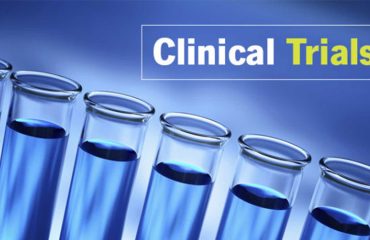Pluripotent stem cells, also known as “master” cells, have the ability to divide into all three types of body layers in humans – the ectoderm (skin and nervous system), the endoderm (endocrine glands, liver, pancreas, respiratory and gastrointestinal tracts), and the mesoderm (bone, muscle, cartilage, circulatory system and connective tissues.) These “master cells” have the ability to continuously self-generate, granting them nearly infinite potential to be born anew. Scientists are tapping into this potential for a multitude of biomedical advances, including our ability to synthetically grow what are called “organ niches.”
Embryonic development of mature human organs is very intricate, and many limitations exist when attempting to replicate such complexities. Because of the high demand for organ donation and limited number of donors, scientists are searching for technological solutions to bridge this gap. Researcher Hiromitsu Nakauchi of Stanford University has begun to develop these “organ niches” – human pluripotent stem cells planted inside animal embryos and grown to adulthood within animal hosts. The animal hosts, also known as “animal chimeras,” bear semblance to the story of Icrarus in Greek mythology; Icarus constructed bird-like wings to defy the inhibitions of his human body. Mice, pigs, and other animals are being utilized to create “clinically useful end products” using the induced stem cells, in hopes of increasing positive outcomes for human patients with end-stage organ failure.
The chimeras, while not yet advanced enough to produce fully-functioning, human-like organs which operate independently, will eventually be utilized in both toxicology studies and disease models, as well as therapeutic ones. The potential for this new technology is, just like the pluripotent stem cells themselves, nearly infinite. While tethering human and animal physiology is an exciting new frontier, we may be tapping into a chasm of possibility that could expand beyond our control. It begs the question – Will researchers of the future utilize interspecies chimera generation in a responsible way, or are we flying too close to the sun?
Link to article: https://www.sciencedirect.com/science/article/pii/S1934590914004044





